How Sedation Dentistry Is Revolutionizing Oral Care
Learn how sedation dentistry improves patient comfort, access, and outcomes using advanced techniques and personalized care for better oral health.
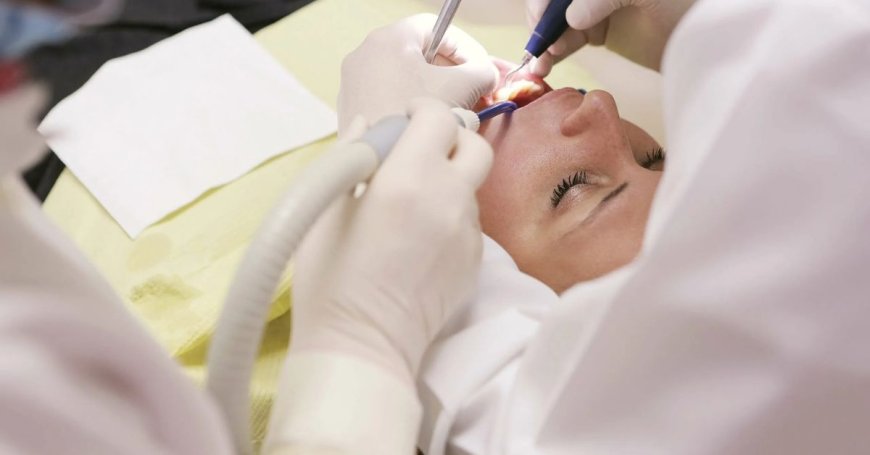
Sedation dentistry has emerged as a transformative approach within modern dental practice by reshaping how patients experience complex procedures and routine treatments. Traditionally, anxiety and fear have led many individuals to delay or altogether avoid essential oral care.
With the introduction of sedation options ranging from mild anxiolytics to deeper conscious sedation, dental professionals can now offer a compassionate and patient-centered environment that addresses both physical comfort and emotional well-being. As awareness grows, more patients are discovering how sedation dentistry can turn a once-daunting visit into a stress-free step toward lasting oral health.
Understanding Sedation Dentistry and Patient Comfort
At its core, sedation dentistry involves the use of medication to help patients relax during dental procedures. Unlike general anesthesia, which renders the patient fully unconscious, sedation protocols can be tailored to individual needs.
Minimal sedation may allow patients to remain fully awake yet calm, while moderate sedation can induce a dreamlike state with reduced awareness of the procedure. This flexibility means that even those with severe dental phobias or complex medical histories can receive the care they need without distress.
By prioritizing comfort, sedation dentistry not only improves the patient experience but can also lead to smoother clinical workflows and more predictable outcomes.
Enhancing Access to Complex Dental Procedures
One of the most significant impacts of sedation dentistry is its capacity to expand access to advanced treatments. Procedures such as implant placement, bone grafting, and full mouth rehabilitation often require extended chair time and can provoke considerable anxiety.
Sedation allows clinicians to work more efficiently and thoroughly while patients remain at ease. This synergy between practitioner and patient can reduce the number of visits required and enhance procedural accuracy.
Over time, more individuals can benefit from state-of-the-art interventions that restore function and aesthetics without the barrier of fear or discomfort.
Techniques Used in Sedation Dentistry
Dental teams employ a spectrum of sedation techniques to match patient profiles and procedural demands. Oral sedation involves administering a prescribed pill prior to the appointment to induce relaxation.
Nitrous oxide, also known as laughing gas, is inhaled through a mask and offers a rapid onset with swift recovery once the gas is discontinued. Intravenous sedation delivered directly into the bloodstream can provide deeper sedation levels with real-time monitoring of vital signs.
Each technique has its own specific considerations regarding dosage, onset time, and recovery protocols. Collaboration between the dentist and an anesthesiologist or qualified sedation provider ensures both safety and efficacy.
Training and Certification for Safe Sedation Practices
Delivering sedation in a dental setting demands rigorous training and adherence to regulatory standards. Dentists must develop proficiency in airway management and patient monitoring.
Professionals seeking to enhance their credentials may explore the differences betweenACLS vs BLS to determine the correct certification path.Advanced Cardiac Life Support and Basic Life Support certifications equip providers with lifesaving skills that are crucial when managing sedation-related emergencies.
By maintaining up-to-date credentials and engaging in peer review, dental teams uphold a culture of safety and continuous improvement.
Continuing Education Through Live Dental CE Courses
The field of sedation dentistry is dynamic with ongoing innovations in pharmacology and monitoring technology. To stay at the forefront, practitioners can enroll in live dental CE courses that focus on sedation protocols, patient selection, and risk mitigation.
Interactive workshops and case-based learning foster practical skills and encourage dialogue around emerging best practices. These courses often feature hands-on components that simulate real-life scenarios under the guidance of experts.
By committing to lifelong learning, clinicians ensure they deliver the highest standard of care in every sedation case.
Opportunities for Foreign Trained Dentists
With the global workforce in dentistry growing, many clinicians trained abroad seek licensure in the United States. Understanding the regulatory landscape is key for those interested in practicing sedation dentistry. Prospective professionals can review a list of states that allow foreign trained dentists to identify where their qualifications align with local requirements.
Some states mandate supplemental examinations or postgraduate training in accredited programs. Navigating these pathways opens doors for international colleagues to contribute their expertise and embrace advanced modalities like sedation dentistry within new communities.
Frequently Asked Questions
What Are the Different Levels of Sedation?
Sedation dentistry typically offers three levels of sedation. Minimal sedation uses oral medication or nitrous oxide to reduce anxiety while keeping the patient fully conscious. Moderate sedation creates a twilight state where the patient may slur speech and exhibit limited memory of the procedure. Deep sedation brings the patient to a state just above general anesthesia where responses to stimuli are minimal but protective reflexes remain intact.
Is Sedation Dentistry Safe for All Patients?
Patient safety is the top priority in sedation dentistry. Prior to any sedation procedure, a thorough medical evaluation assesses factors such as age, weight, existing health conditions, and medication history. Those with significant respiratory or cardiovascular issues may require specialized protocols or consultation with a medical specialist. By customizing the sedation technique and employing continuous monitoring of heart rate oxygen levels and blood pressure, dental teams minimize risks and maintain patient well being throughout.
How Do I Prepare for a Sedation Dentistry Appointment?
Preparation guidelines vary depending on the sedation method selected. Patients receiving oral sedation or intravenous agents are generally advised to avoid food or drink for several hours before the appointment. Arranging for a responsible adult to escort the patient home is mandatory whenever moderate or deep sedation is used. Dentists provide clear pre operative instructions regarding medications and postoperative care. Following these recommendations ensures a smoother experience and promotes rapid recovery.
How Long Do the Effects of Sedation Last?
Recovery times depend on the type and depth of sedation. Nitrous oxide wears off almost immediately once the gas is discontinued allowing patients to resume normal activities within minutes. Oral sedatives may produce drowsiness for several hours after the procedure, so patients are encouraged to rest and avoid driving until fully alert. Intravenous sedation can have variable recovery curves based on dosage and individual metabolism. Clinicians provide tailored guidance to help patients return safely to their routines.
Conclusion
Sedation dentistry is reshaping the landscape of oral care by placing patient comfort and access at the forefront. From enabling complex interventions to fostering a calm environment for those with dental anxiety, the impact of sedation techniques is profound. By investing in rigorous training, engaging in live dental CE courses, and understanding pathways for states that allow foreign trained dentists, dental professionals can safely integrate these approaches into their practices. As awareness continues to grow, sedation dentistry will no doubt remain a vital tool in achieving better oral health outcomes and a more positive dental experience for all.









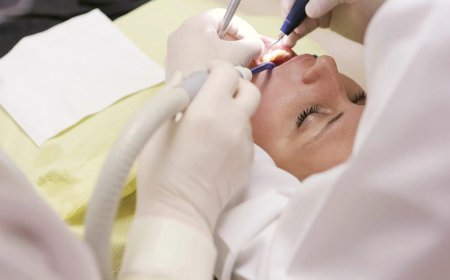




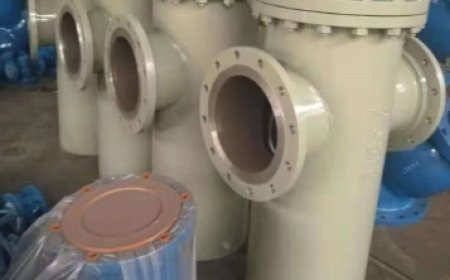

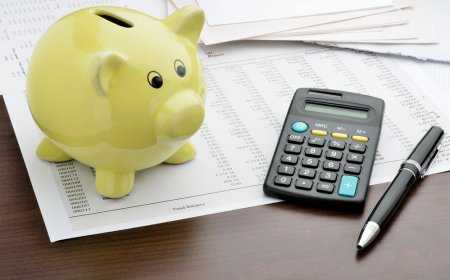

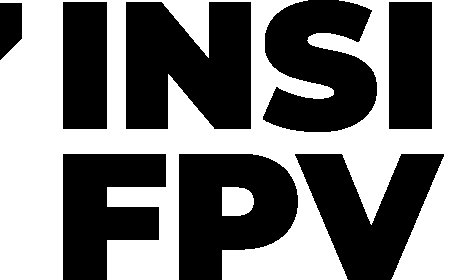








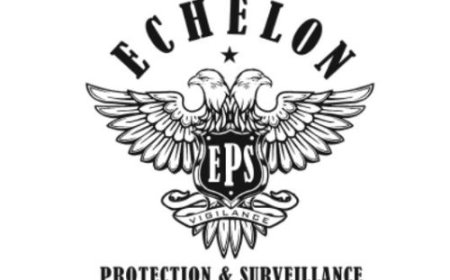







![Play99 Login & Registration Guide for Indian Users [2025 Update]](https://www.atlantanewsplus.com/uploads/images/202507/image_140x98_6870c1df7bfcd.jpg)
